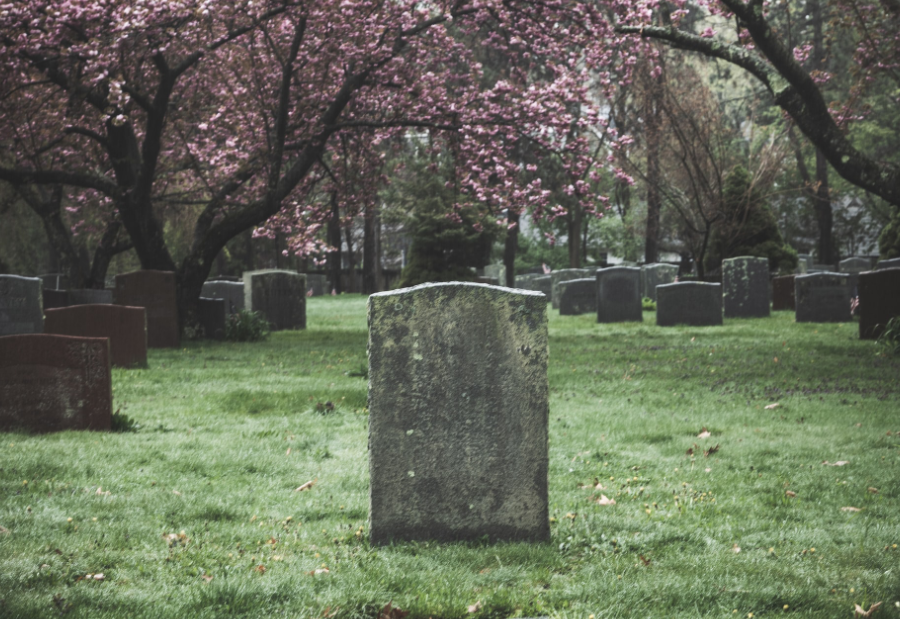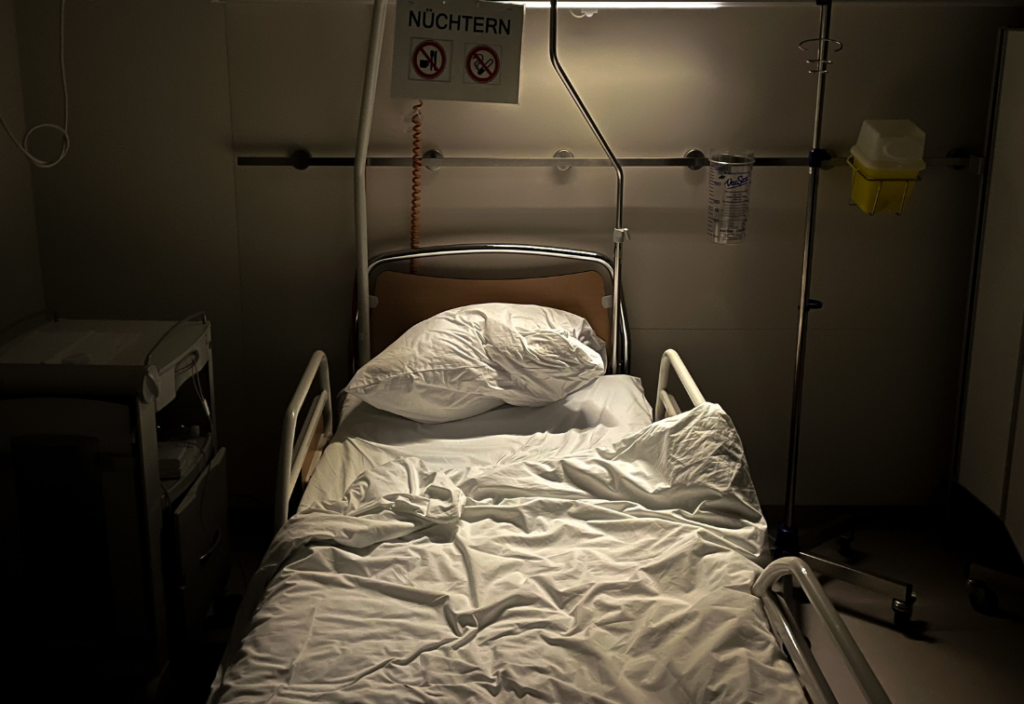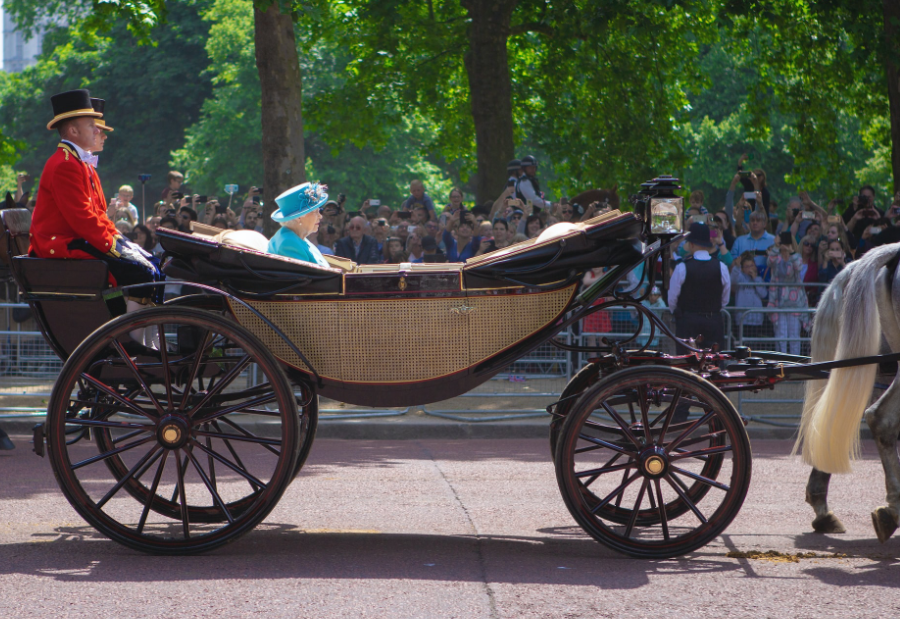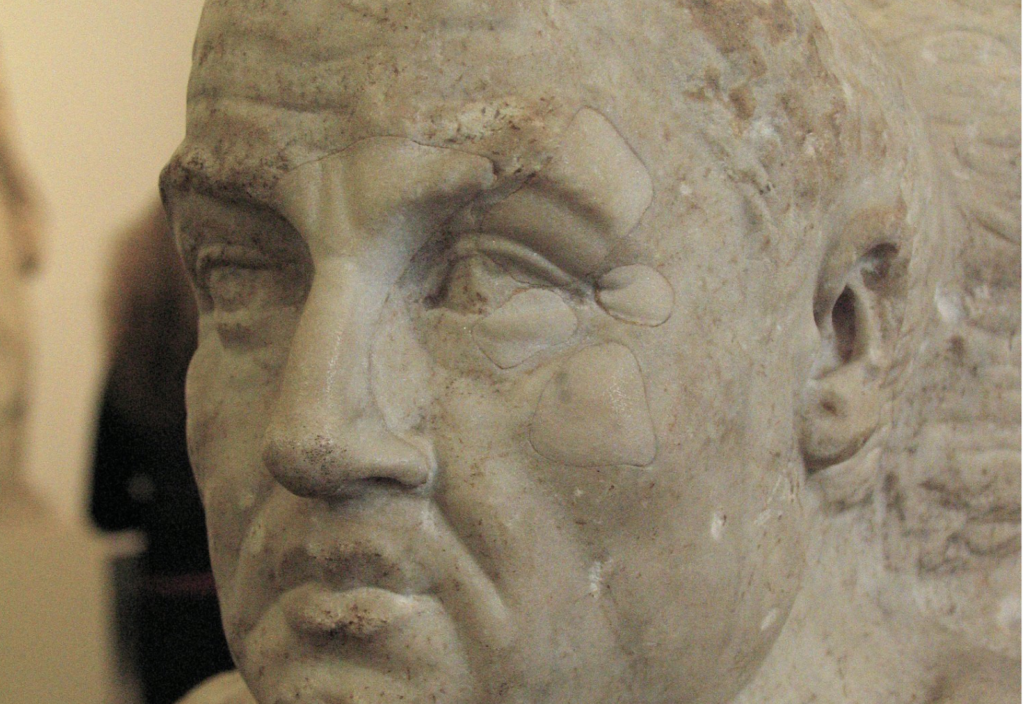Philosophy begins with the death of the ancient Greek philosopher Socrates. But, as we know, he goes to his death with equanimity – without fear and without reproach.
Philosophy can allow us to overcome the fear of death without requiring a belief in the afterlife and without requiring a belief in a religion – a sort of longing for immortality.
But religion is, indeed, the basis of an afterlife. It makes death at once an anxious dramatic event and, at the same time, a more bearable process. The sacred texts in Christianity, Judaism and Islam talk of an afterlife.
So, for followers of these faiths, life after death has been promised by none other than God. For Buddhists, belief in reincarnation is based on the tradition that the Buddha remembered his past lives when reaching enlightenment.
But even Plato, who was only casually acknowledged as prefiguring aspects of the Christian faith, and Socrates, who reported being guided by an inner divine voice, saw death as the ultimate separation – the separation of the soul and body. They regarded the body as a prison in which the spirit is enchained, expressing a conceptual divide between flesh and soul.
Thus, death for these philosophers didn’t occur when bodily functions ceased. For them, for true philosophers, they are already dead. And as such, burial rites of that era lacked the extravagant embellishments and memorialisation found in cultures beyond the ancient Greeks.
We find this expressed fairly explicitly in one of Plato’s early dialogues, the Hippias Major (390 BCE): “The ideal of any Greek, is to be rich, healthy and honoured, to live to a grand old age, to bury his parents with honour, and, ultimately, to be buried in turn by his own children with due respect”,and echoes the more contemporary apophthegm, “The art of dying is the art of living.”
For many of us today a funeral is a ceremony that accompanies the final disposition with the burial representing respect for the dead. But much of the familiar symbolisms such as the coffin, the mourners, the burial, and the wake are ideas specific to culture and faith.
It used to be that the Melanesians of Papua New Guinea and the Wari people of Brazil would eat the dead in order to expel the fear and mystery that surrounds the concept of death. The Malagasy people of Madagascar exhume the bodies of loved ones every seven years, wrap them in cloth and dance with the corpse sacks. Among the Dani people, the death of a loved one meant that any women and children related to the deceased had to cut off some of their fingers. This was done to drive away spirits, and is now banned.
You may say there’s a nasty habit for readers in this country to coo with delight over some of these funeral rituals. It can feel like the worst kind of tourism – seeing a culture from the surface and picking out the parts that are alarming, aesthetically pleasing or charming. Not only are our beliefs about death as diverse as life itself, but we now know the only sure thing in life, besides taxes, is death.
Of course, these rituals are not just emblematic remnants appreciated only when viewed through a cultural lens. These symbolisms have evolved and changed throughout human history.
As we coaxed ourselves out of the Dark Ages, the Renaissance and the Age of Discovery promoted medical science to gain a foothold. Slowly, we left behind a mixture of ideas from antiquity and spiritual influences. This advanced and helped humans live longer. With it, archaic attitudes and responses to death have been re-examined.
Slowly, we left behind a mixture of ideas from antiquity and spiritual influences. This advanced and helped humans live longer. With it, archaic attitudes and responses to death have been re-examined.
In modern Western societies, death is often ignored or feared. Certainly, it is depersonalised. It has become an encroachment on life instead of being a part of life.
Modern medicine attempts to tame death, prolonging life sometimes at the expense of personal dignity, pain, discomfort and deteriorating quality of life – all associated with palliative or end-of-life care.
This impersonal clinical objective of modern medical care has helped remove, or at least reduce, for many the relationships between the agency of dying and all that goes into the preparedness of oneself for the afterlife.
Deathbed phenomena
Modern advances in medicine make it possible to revive patients from increasingly severe life-threatening injuries and illnesses, including, in particular, procedures for cardiopulmonary resuscitation.
Upon being revived, such patients often report experiencing life-changing alternating states of consciousness, which they tend to interpret in spiritual terms. Despite modern medicine, post-death consciousness has become a regular and recurring theme in society and culture, seemingly innocuous to the established fact that the mind and consciousness are closely connected with the physiological functioning of the brain, the cessation of which defines brain death.
The phenomena have been of interest to psychical researchers and others since the 19th century and characterised by a range of experiences reported in both non-fiction and fictional literature, suggesting that these occurrences have been noted by individuals all around the world.
Survivors of close calls with death usually recount their transcendent experiences in the form of a travel narrative. They tell us that their consciousness leaves their body and rises, where they witness the resuscitation procedure going on below.
However articulate they may be, they say that the experience is indescribable. They often also involve visits by deceased friends and family – the latter providing reassurance to those with strong religious conviction. But the occurrence of near-death experience does not seem related to patients’ prior religious training or beliefs.
Near-death experiences are a perennially fascinating subject that bridges modern medical practice and ancient Greek philosophy.
The Greek philosophers Heraclitus, Democritus, and Plato theorised about people known as “revenants” who had supposedly died and came back to life. Heraclitus mused, enigmatically, that the revenant is somehow appointed to watch over the living and the dead.
Plato’s most famous work, The Republic, culminates in the story of Er, a warrior who was apparently killed in battle. At his funeral, however, Er spontaneously revived and told a tale of moving away from his body and entering a complex afterlife world. Plato took stories like Er’s seriously as offering some assurance of a life after death.
Not everyone who recovers from a near-death event reports a near-death experience. Nor does everyone who has a near-death experience report the whole prototypical series of events.
Some recall only a brief out-of-body experience with a view of their own physical body below, followed by a quick return. Others get only as far as the dark passageway, while others proceed all the way into the light.
We do not know the reasons for all these variations. Notably, much of what ‘common sense’ suggests about near-death experiences turns out not to be true.
The late Kerry Packer was very clear. After a heart attack left him clinically dead for six minutes in 1990, he famously remarked: “I’ve been to the other side mate, and there’s nothing there.”
While sceptical investigators cite anecdotal accounts that are unreliable, contradictory or inconsistent, relatively recent scientific literature suggests the presence of death-related sensory experiences.
Less frequently, people with severe mental impairments, usually victims of neurodegenerative diseases, recover their cognitive functions shortly before death.
Noteworthy are attempts by researchers to explain near-death experiences in physical or neuropsychological terms, postulating complex seizures or brain anoxia. Also, similarities between deathbed visions and drug-induced hallucinations have been made.
Generally, research, however inconclusive, is typically suggestive of asserting the visual, auditory and sensed presences of deceased relatives or angelic beings during the dying process as hallucinatory persisting perception anomalies induced by systemic or multiple system failure.
Aspects of death
When death is expected and non-violent, the moment is usually peaceful, tranquil. The days, weeks and months prior, however, are usually characterised by the effects of epidemiological, clinical and pathological features, determined by disease and its associated progression, course and history.
The vast majority of patients who experience a natural death – meaning without a medical life-saving intervention to counter the process – broadly follow a stereotypical pattern of signs and symptoms in the time leading up to death.
Early on, we see a loss of mobility with the patient becoming increasingly bedridden. We also see a loss of interest or ability to drink and eat.
Cognitive changes, too, include increased time sleeping or experiencing confusion and/or agitation. Conversely a hypoactive delirium, characterised by reduced motor activity, lethargy, withdrawal and drowsiness, may set in.
Next, we see a further decline in mental state, obtundation – a state similar to lethargy in which the patient has a lessened interest in the environment – slowed responses to stimulation and a tendency to sleep more than normal, with drowsiness in between sleep states.
Patients often exhibit the “death rattle”, which is a noisy breathing pattern caused by a pooling of oral secretions due to the loss of the swallowing reflex. And, finally, they experience coma, fever, possibly due to aspiration pneumonia and an altered respiratory pattern.
This is accompanied by periods of apnea alternating with hyperpnea or irregular breathing, and mottled extremities due to the constriction of the peripheral circulation.
The true miracle of life
The search for immortality is as old as mankind. Whether it was the elixir of life, the philosopher’s stone or the fountain of youth, we’ve been searching for a cure for aging for thousands of years.
It’s true that the average life expectancy has increased around the globe. In ancient Greece and Rome, the average life expectancy – the average number of years a person can expect to live – was just 20 to 35 years. Thanks to modern medicine and improved hygiene, these numbers have more than doubled, with Australians living about 83.5 years on average.
But when it comes to life span – the maximum number of years a person can expect to live – things haven’t changed much. For example, even in ancient Greece and Rome, Socrates lived to be about 70 (and eventually died of poisoning by hemlock.) Meanwhile, Plato lived to be about 80 and died of natural causes.
These are just the most well-documented cases from that time period, though not the oldest. It’s highly probable that the human life span isn’t increasing because it simply isn’t designed to.
Recent research suggests that the “age ceiling” for humans is about 115 years and is strongly contingent upon the ability of cells dividing and replacing themselves correctly – a process called mitosis. This seemingly obscure biological process ensures the division and replacement of billions of cells over a lifetime.
To me, the large-scale physical reorganisation of the cellular contents to form two new cells that are faithful replicas of their mother is the true miracle of life.
This involves the construction of specific motility complexes to separate the chromosomes and split the cytoplasm, which is the gelatinous liquid that fills the inside of a cell.
Regulation of mitosis is driven by protein modification and regulated breakdown of proteins into smaller polypeptides or amino acids, linked to the execution of key mitotic events by a system of checkpoints that ensure quality control.
But this can’t go on forever. Eventually, it begins to slow down and, finally, stops.
The final phase of this complex process is called ‘telophase’. It’s a name that belies the fact that telomeres – which are repetitive sequences of protein-DNA structures – are located at the termini of linear chromosomes and are actually there to protect genetic material from aging.
But, over time, after each cell division telomeres become shorter and shorter. At a threshold length, when telomeres are too short, cells can no longer divide, they become senescent and eventually die. Accordingly, we age and take with us all that once was, never again to rise. But who knows?
Photo by John Thomas on Unsplash






